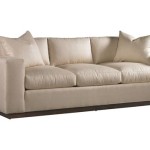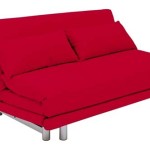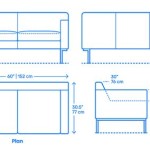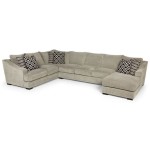The Enduring Appeal of Traditional Camelback Sofas
The camelback sofa, with its distinctive high, rounded back resembling the hump of a camel, is a timeless furniture piece that has graced homes for centuries. Its origins can be traced back to the Victorian era, where it gained popularity for its elegant silhouette and luxurious comfort. This article explores the key features, historical significance, and enduring appeal of traditional camelback sofas.
Distinctive Features of a Traditional Camelback Sofa
The defining characteristic of a camelback sofa is its high, curved back, which rises in the center and slopes gently toward the ends. This distinctive shape not only adds visual interest but also provides excellent support for the back and neck. Traditional camelback sofas are often crafted with tufted upholstery, intricate carvings, and elegant legs, which further contribute to their sophisticated and timeless aesthetic.
Beyond the characteristic camelback shape, traditional sofas also feature other design elements that reflect their historical roots. These may include:
- Scroll arms, which add a touch of elegance and provide further support.
- Deep seating, designed for maximum comfort and relaxation.
- Ornate carvings, which can adorn the legs, frame, and back.
- Upholstery, often made from luxurious fabrics like velvet, brocade, or leather, adding a touch of opulence.
Historical Significance and Evolution
The camelback sofa's journey through history is intertwined with the evolution of furniture design and the changing tastes of the era. Its origins can be traced back to the 18th century, where similar designs emerged in the French Rococo style. In the Victorian era, the camelback sofa gained widespread popularity, becoming a staple in grand homes and drawing rooms. It was often crafted in ornate styles and adorned with elaborate upholstery, reflecting the opulence of the Victorian age. The camelback sofa continued to evolve throughout the 20th century, adapting to changing tastes while retaining its core design elements.
While the classic camelback sofa remains a cherished piece in traditional interior design, more contemporary interpretations of the design have emerged, offering a fresh take on this timeless silhouette. These modern camelbacks often feature sleek lines, simplified carving, and upholstery in a wider array of fabrics and colors.
Enduring Appeal of the Camelback Sofa
The enduring appeal of the camelback sofa lies in its combination of timeless elegance, comfort, and versatility. Its distinctive shape and intricate details add a touch of sophistication to any room, while the deep seating and high back provide unparalleled comfort. The camelback sofa can be integrated into a variety of interior styles, from traditional to contemporary, making it a versatile and enduring furniture piece.
Furthermore, the camelback sofa's historical significance adds a sense of heritage and elegance to the design. Its presence in a home evokes a sense of tradition, quality, and enduring style. The fact that this design has stood the test of time is a testament to its timeless appeal and continued relevance in contemporary interiors.

Decorating With Camelback Sofas English Decor Country

Eye For Design Decorating With Camelback Sofas

Irvins Tinware 74 Inch Classic Camelback Sofa

Traditional Camel Back Sofa

Eye For Design Decorating With Camelback Sofas

Decorating With Camelback Sofas Living Room Decor Home Sofa

Traditional Camel Back Sofa Living Room Philadelphia By Jh Conklin Co Houzz

Traditional Camel Back Single Cushion Sofa 179536 Black Rock Galleries

Timeless Sofa Styles And How To Decorate With Them

Vintage Hickory White Serpentine Camel Back Traditional Rolled Arm Sofa For At 1stdibs Furniture Black And Living Room Skirted Sofas








